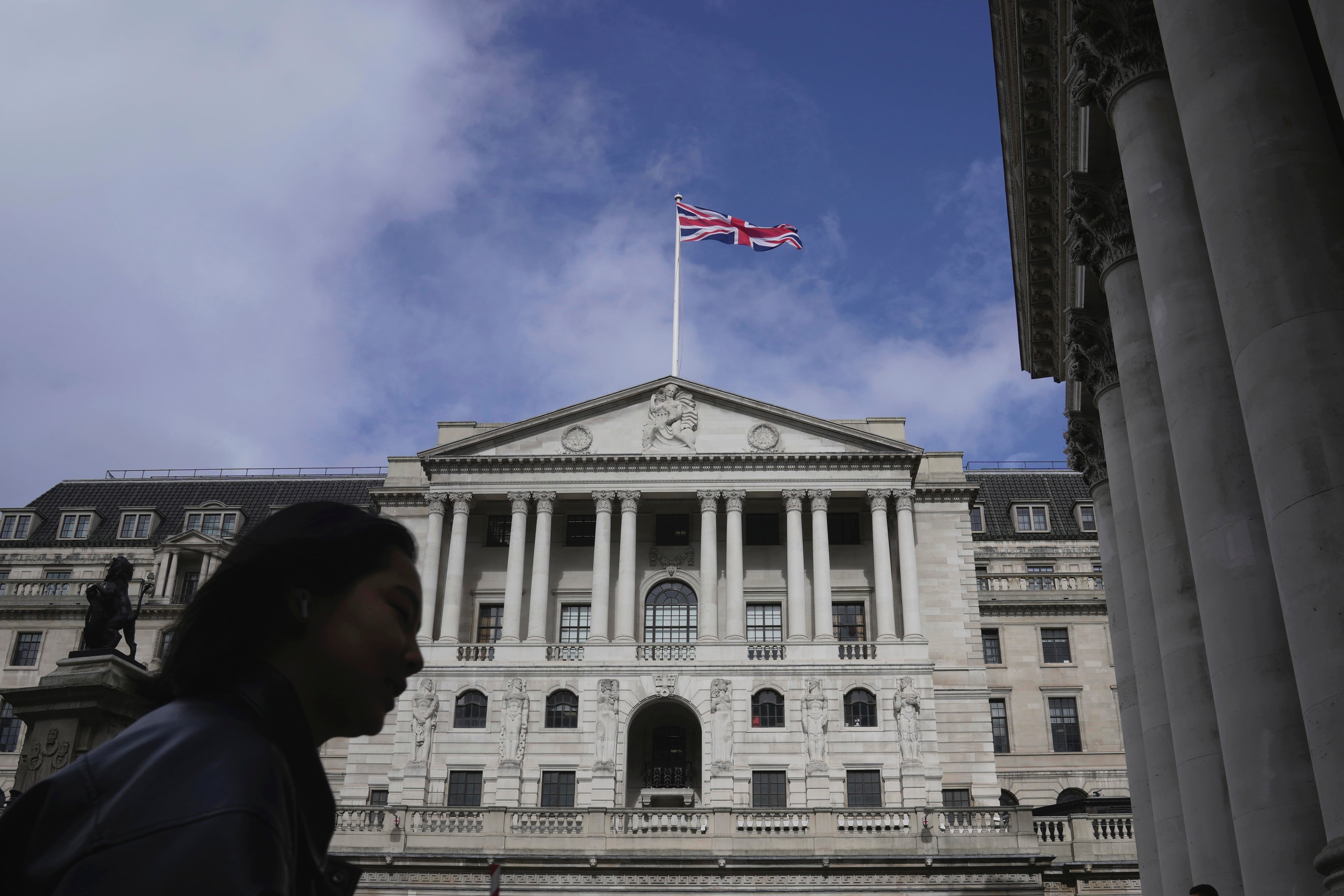Following a spike in the number of reported coronavirus cases and deaths, the World Health Organization Thursday pointed to a change in reporting, rather than a sudden acceleration of infections. But for many, it strengthened the concern that nobody really knows how widespread the illness is, and there appears to be no good way to figure it out.
The coronavirus illness (COVID-19), which began in Wuhan, China, a city home to 11 million people virtually quarantined in an effort to contain the virus, still continues to spread, but the WHO said the severity of the outbreak has been hard for experts to pinpoint. The Chinese government has faced accusations that it was slow to confirm the crisis and changed the method of reporting diagnoses. There also remains the potential of an "iceberg" of unknown and unconfirmed cases.
Yesterday, news out of China appeared rosy — infection rates seemed to be down and WHO experts said the death rate was likely to slow as well. But, before the end of the day, officials reported more than 14,840 new cases in Hubei Province and 242 new deaths.
That brought the total number of cases to 48,206 and deaths to 1,310, representing the largest one-day increase recorded since the outbreak's start.
However, the stark rise appeared largely due to a change in reporting methods. The coronavirus disease has been difficult to diagnose, both because the current tests risk transmission to medical workers and those tests had to be sent to labs for confirmation. Health workers also have been overwhelmed by the sheer number of people showing symptoms and have struggled to keep up with the influx of cases.
Now, officials in Hubei province will diagnose clinical cases, instead of waiting for a lab test, by using lung scans on those presenting symptoms consistent with the virus.
Medical professionals have expressed concern over the iceberg — shorthand for the possibility that more cases lie below the surface, hidden from view, and inhibiting scientists' ability to determine the full extent of the outbreak. China, racing to keep the outbreak at bay, also replaced the Community Party secretary of Hubei Province, the highest-ranking official to lose his job, which added to the confusion and frustration. When the outbreak first popped up, Wuhan's leadership was criticized for taking too long to sound the alarm.
After explaining the sudden spike in reported infections to reporters Thursday, Dr. Oliver Morgan of the WHO said public health officials need to better understand how much transmission is occurring within communities. He said the "question mark is how much is happening outside what we see."
The virus has proven to spread rapidly and through unclear means of transmission. In London, experts are concerned the subway system may be a hotbed for the virus after a woman's illness was confirmed. In Hong Kong, people living 10 floors apart in a building may have spread the virus to one another through pipes. In China, 33 cases apparently showed some connection to a department store.
"The idea that this iceberg is absolutely massive" is based on modeling and assumptions, although the possibility that the number of undetected cases is small is just as valid, said Morgan.
Accurate reporting and informed predictions about the future spread of communicable diseases is important for health experts to be able to mount effective responses. On Wednesday, WHO Director-General Dr. Tedros Adhanom Ghebreyesus emphasized how important it is to aid nations with weaker health systems.
"Our greatest fear remains the damage this coronavirus could do in a country like the DRC," he said, regarding the ongoing Ebola public health emergency in the Democratic Republic of Congo.
Morgan said the newly reported cases, as he understands it, "relates to a period going back over days and weeks," and that it "does not represent a significant change in the trajectory of the outbreak," citing the less-than 500 cases and two deaths outside China.
He also noted that the "thematic areas," of those whose cases turn fatal, remain largely the same — individuals over 40 remain at higher risk, a risk he said increases with each decade after that.
That said, it is not clear if a recent jump in the number of deaths are from the revised past numbers or represent new fatalities. Morgan said the WHO is "not 100 percent sure about those deaths," but that it is thought "some of those deaths refer to the clinically confirmed cases."
Outside of China, the U.S. Centers for Disease Control and Prevention confirmed a 15th case in the U.S., after a snafu in diagnosis over the weekend. Japan also recorded its first death, a woman who lived near Tokyo and is the third fatality apart from mainland China. A quarantined ship outside of Yokohama port in Japan also confirmed 44 additional cases.
Speeding up the diagnosis process may help the international community get a better sense of the situation in China, but the current test neither rules out cases of non-coronavirus pneumonia or provides a sense of how to move forward with medication.
"Knowing which drug works would be a magical gift right now," Morgan said.













